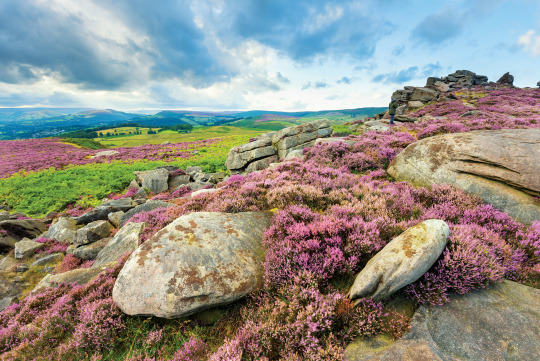#moorland
Text

Old stones.
[ID: an illustration of a green field with purple and white flowers. There are large, scattered, dark stones, stacked in worn-down formations. Hills in the background fade into dreamy blue and purple, and the sky is pale blue with fluffy white clouds. End.]
2K notes
·
View notes
Text

October mood
#october mood#forest#misty#landscape#photographers on tumblr#autumn#germany#baden wuerttemberg#upper swabia#moorland#reed
2K notes
·
View notes
Text
Moorland Research Notes
I usually let these sit in my drafts because they're kinda messy, but no one actually knows anything about moorland, including myself shortly before starting this deep dive. So I'm just going to post this in the hopes that it's useful in some way
This post is about moorland in the UK, I have not done any research into moorland in other places, and then I focused more specifically on lowland heath.
Feel free to use this information for anything you so desire, and check out the sources I put at the bottom of this list if you'd like to learn more. I really hope this helps out WindClan Fans in particular
I do plan to condense what I've learned and chosen into a "Welcome to BB!WindClan!" type post at some point, but this is a REALLY broad post on what moorland is.
What is moorland?
Moorland is a broad term that lumps together several completely unique biomes, most of which are partially or completely reliant on the management of human beings. They are defined by low-growing flora and acidic soils, which makes them difficult for non-specialist plants to grow in.
These can be sorted further into upland or lowland, dry or wet.
Because many types of moorland are dominated by heathers, they are also called heathlands. Though the terms Moor and Heath are sometimes used interchangeably (and this is where a lot of confusion comes from), usually, Moor refers to upland/wet, and Heath refers to lowland/dry.
I have to stress a that LOT of the confusion is coming from this. Heather will grow in both, and the terms get used interchangeably, but an upland/wet moor is FUNDAMENTALLY different from a lowland/dry heath, down to the very soil.
Most specialists will open up an explanation by defining how they're using the Moor/Heath distinction, and will stick to those terms, but just keep in mind that in casual language, ALL of these biomes get called moors, and places without any heather will get called heath.
They can also touch. There are locations where upland moor slopes into lowland heath, or upland heath kisses lowland moor, and there can be very special species that exist in the transitional space between these areas. This too is yuri.
It is not a prairie. It is not a savanna. Please for the love of god stop portraying moorland as prairies and savannas
lots of purple. why he ourple? heathers and purple moorgrass.
Common heather is also called ling, flowery bell heathers are sometimes called erica, and gorse can be called whin or furze
Maritime heath, dune heath, blanket bog, upland moor, transitional upland heath... these are all frequently lumped under the same term even though they are very different.
How are moorlands managed?
Above 700 meters of altitude and in harsh weather conditions, you get montane heath. Near coastlines, you can find maritime heath. These are the only two that are completely "natural" and require no human management.
In wet moors, the elements will beat the vegetation down into peat. Above the peat is turf, the top layer which grows the visible flora. Peat = below, Turf = above. Peat has historically been used as a fuel, and if that bottom layer catches fire, IT IS DISASTROUS.
Because of this, most upland moors (which are usually wet and PACKED with peat) are managed primarily through grazing. There are even breeds of sheep and cattle who have been specially bred to thrive in upland moors-- such as the iconic highland cow. (Though overgrazing can be a problem, too.)
Sheep are used to graze back the heather (sometimes called ling), and in good modern practice, goats are brought out along with the flock to eat pioneering shrubs and saplings. Pigs are also used to control bracken and combat ex-pine plantations with scattered needles, because of their ability to churn soil.
However, controlled burns are still done in some circumstances and when required (LIKE BEFORE A HEATWAVE). Because of the serious danger, it's considered inferior to good grazing management. It's done carefully, in controlled patches, both to not set the underlayer of peat on fire and to make sure there is differently-aged patches of flora in one area to support different species of animals.
If peat catches on fire, it will burn for days or weeks... and can even smoulder underground after you THINK it's been put out.
In DRY LOWland heath, proper burning is common. Gorse and heather grows strong, woody, and flammable, and the thin layer of peat below can combine to devastating results when a wildfire does eventually break out. Large swaths of dry heather and gorse is an ecological powderkeg, even if it was only growing on mineral soil.
Worse, the older heather gets, the woodier it becomes. Woody heather can cause high-temperature fires that absolutely devastates new growth, leading to a slower recovery and causing a controlled burn to become uncontrolled real fast.
Burns are typically conducted in winter, when it's cold, and grazing animals are deployed in summer.
Cutting is also important in lowland management, literally cutting out squares of turf to expose the ground. This is good for mason bees, specifically.
Moorland. Is. Flammable. Fire risk = HIGH.
If you do not manage the moorland, the moorland will manage YOU. with FIRE.
Do NOT set the peat layer on fire. Whatever you do, do NOT let the peat get set on fire. PEAT FIRE BAD.
The controlled burning of moorland is "swaling", or a "muirburn."
Pigs and goats have special abilities when used in grazing management
Pigs are a tactical nuke
Sheep will graze heather a lot harder than cattle, causing grassy "sward". They should be kept away from it in winter.
MOORLAND IS NOT GRASSLAND. Sward BAD.
Cattle will graze moorgrass a lot harder than sheep and bite back any sheep-induced sward, but trample the soil with their heavy hooves.
Bones tell me about the funny cat environments
Victoria Holmes (the original writer of Warrior Cats, for those who have just walked in, still in your bathrobe and perhaps comically eating some sort of breakfast bagel, on a cat giving a detailed ecological lecture to a bunch of other cats) has spoken about how she based the environment of the Forest Territories on New Forest, Hampshire UK.

[ID: New Forest's heathland on a misty morning. It's dominated by common heather with a few sparse trees, and a New Forest Pony grazing alone.]
That means that WindClan's moor was a lowland heath, characterized by sandy soils with excellent drainage. This is consistent with the thin layer of peat, deeper layers of sandy soil and clay (as encountered by tunnelers), and lush vegetation that's seen in DOTC and Tallstar's Revenge.
If that's not enough evidence, it's also described after its destruction in these terms;

New Forest boasts some of the widest swaths of well-managed lowland heath in the entire UK. It's been managed collectively for hundreds of years, and exists in tandem with bogs and old-growth forest for miles. The heath is just as important as the trees, here!
In TNP, the forest is tragically bulldozed to create suburbs. While they were at it, they also bulldozed the geography of Great Britain because, suddenly, there is a MOUNTAIN in Southeastern England; a region notoriously flatter than the Onceler's ass
So once the Clan cats get to the Lake territories, we could be dealing with a completely different biome. They might have gone from dry, lowland heath, to wet, upland moor.
However, descriptions of the new territory are scarce, to put it lightly. In spite of the Lake Territory being the setting for the past 20 years, WindClan's land is rarely shown. When we do get a glimpse of it, like in Crowfeather's Trial, we only get told about the presence of certain species such as gorse. Because of there being no tunneling, we don't know what's exactly below the surface, either.
Occasionally though we are made aware of the presence of "moorgrass" (possibly Molinia Caerulea) and the smell of peat, pointing towards it probably being upland moor. The bigger question is actually where all the sheep are? There should be a lot of sheep here, but instead, there only seems to be horses.
Aaaaand lastly before I close out on canon material, Lungwort.
Lungwort is a herb that becomes a plot device in A Vision of Shadows. ShadowClan becomes sick with a variant of greencough, and it is said that Lungwort would be its only cure. However, it "only grows in WindClan" and the leader, Onestar, has refused to let them have this medicine.
But lungwort doesn't grow on moorland. ESPECIALLY not wet, upland moor, which we might maybe possibly be dealing with now.
Lungwort is a FOREST plant, it needs the absolute opposite conditions of a moorland. It requires moist but well-drained ground, FERTILE soil, and full or partial shade. There's no way that WindClan has it and ShadowClan doesn't, OR its neighbor ThunderClan, in the WOODS, who Onestar has no power over.
It would also poison a cat but honestly 75% of the plants they use in canon would also do that, so, whatever.
What they SHOULD have gone for is great mullein which prefers full sun and well-drained soils, so it could feasibly be found best in some parts of WindClan, regardless of which sort of moor or heath primarily makes up their territory.
What sorts of plants are found in moorlands?
In moorlands, you'll find plants that can withstand poor soil quality and full sun. In upland moors, they also have to be hardy in frequent heavy rains and high winds. Because it has conditions that so few plants are able to handle, moorland is chock-full of specialists and unique species that aren't found anywhere else!
Historically, moorland could not be used for agriculture exactly because of this. With the invention of artificial fertilizers and introduction of (invasive) pines from America, moorland is under serious threat. Even if it's just next to a pine plantation, the trees will attempt to spread.
COMMON HEATHER, also called Ling, is the big bad boy associated with most moorland, and used for a bajillion different things. First of all, it was used in construction for thatching. Second of all, it can be used as a yellow dye, especially on wool. Third, honey made from heather pollen is as thick as jelly. It's found on all sorts of moorland, and is an extremely hardy species.
BELL HEATHER, sometimes called Erica, is more commonly associated with lowland heaths. It's one of the best flowers for pollinators in the entire world, and attracts tons of insects.
GORSE, also called Whin or Furze, smells overwhelmingly like coconut. It is also covered in wicked thorns. It's highly flammable and can burn ridiculously hot, making it excellent to collect as kindle.
PURPLE MOORGRASS is associated with upland moor, but will grow basically anywhere nothing else could. It's scary hardy, surviving in acidic soil down to a PH of 2 (THAT IS THE SAME LEVEL AS YOUR STOMACH JUICE), and can grow as tall as 4 feet (and even taller, apparently, next to its bestie girls heather and gorse).
In heath, tormentil, milkwort, and heath bedstraw are indicator herbs, and wavy hair-grass, bristle bent, and vernal grasses are found here and there.
PLEASE remember that moorland is not grassland. When grasses go from sparse to common, it's a very bad sign. It means the soil is losing its acidity, and converting into a different biome.
Bramble, bracken, nettles, perennial ryegrass, and broadleaf plantain are some of the species that can indicate that a heath is becoming a grassland. A few patches or examples are fine, but if they're eating into the gorse/heather/moorgrass, it's time to call in some management.
There's also the fascinating, parasitic plant called dodder. Dodder likes to twirl around heather before suffocating it to death. Cool plant! I don't know where else to mention dodder. I just think it's neat.
Threats to Moorland
I mentioned the problems in passing through this whole post, but to restate, these are some of the major problems that moorland faces.
AFFORESTATION: When trees are added.
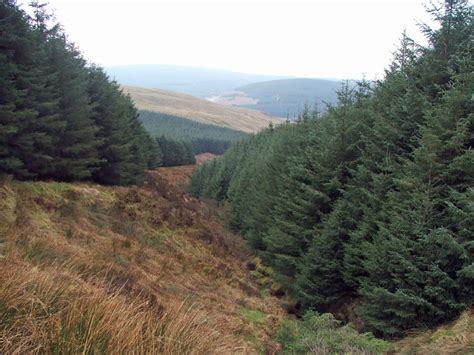
[ID: A sitka spruce plantation on upland moor in Scotland, followed by a clip of Markiplier who condemns it in no uncertain terms.]
American pines, such as the douglas fir and sitka spruce don't belong here. These are commercial plantations and they exist to make money, but are touted as "eco friendly" because uneducated rubes think 1 Tree = 1 Ecology Point. They provide diddly or squat to native wildlife, destroy valuable moorland which can negatively impact carbon capture, and let fools pat themselves on the back for doing nothing but put government money into a logging company's pocket.
(there are also only 3 native conifers to Great Britain-- the scotch pine, the common juniper, and the yew. All others are introduced.)
But even worse than being a wooden blight, these are wooden blights that spread. If there's a plantation nearby, it WILL begin to encroach on the surrounding moorland, and the traditional sheep and cattle will not eat the saplings. GOATS are being added to herds in modern grazing management to combat this new problem.
The native birches (silver and downy) plus the scotch pine will also move in when moorland is not managed! They are pioneer species, which success the moor into secondary woodland.
OVERBURNING: When moorland is burned too much.
Even if you don't set the peat on fire and cause an even bigger problem, too much burning is bad for the biome as well. This is often done to serve hunters, who want to perpetually keep common heather in the youngest state possible to support grouse populations... and grouse populations alone.
Properly managed moorland will be burned in sections, NOT all at once, so that there's a healthy mix of plants in different ages to provide shelter and food to the animals that live in the environment. Too much burning will decimate the insect population, and prevent peat buildup.
("Hold on Elder Bones, why is peat good?" Carbon capture and soil acidity! It's super efficient at combating global warming, and peaty soils will prevent the moor from quickly succeeding into a grassland.)
NUTRIENT ENRICHMENT: De-acidifying the soil and making the soil welcoming to other species
Specifically from dog and horse droppings, but also from the addition of fertilizers. The biggest thing that can be a problem here is how conservationists try to balance public access to these spaces with the "recreation pressure" from having too many visitors.
SOURCES
I have had to do SO MUCH READING. OH my god, this was not easy research, please appreciate this big, beautiful list of resources I am giving to you
GREAT BRITISH LIFE: A really good intro to heathland
(This article was written by Katie Piercy from the Cheshire Wildlife Trust)
WILDLIFE TRUST: Heathland and Moorland, Moorland, Lowland Heath, Cheshire Heath, Bell Heather, The Roaches
BUGLIFE: Upland heath as it relates to insect populations
(website contains insect-centric guides to many unique UK biomes)
NEW FOREST: Heathland information and history
NATIONAL TRUST: Bickerton Hill and the Restoration Work
WIKIPEDIA: The Roaches, Yorkshire Dales, Heath, Moorland
(listen kids, wikipedia is always a great place to start. Just make sure to double-check the claims you see there.)
COUNTRY LIFE: A flowery article that describes the North York Moors
(this one's just really pleasant!)
AN ACTUAL LOWLAND HEATH ECOLOGIST: Dr. Sophie Lake's Presentation for the NPMS
(This is the most detailed and proper source on this list, if you want to learn some serious info, PLEASE check this one out)
210 notes
·
View notes
Text

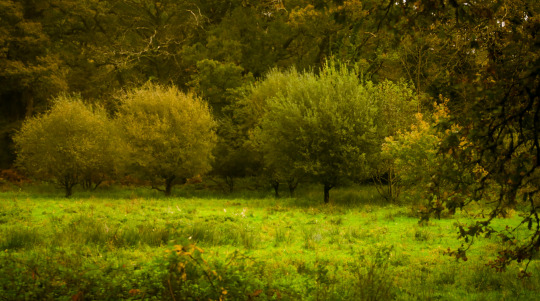
[cycles, stages of life
earth, & the dying light]
151 notes
·
View notes
Text

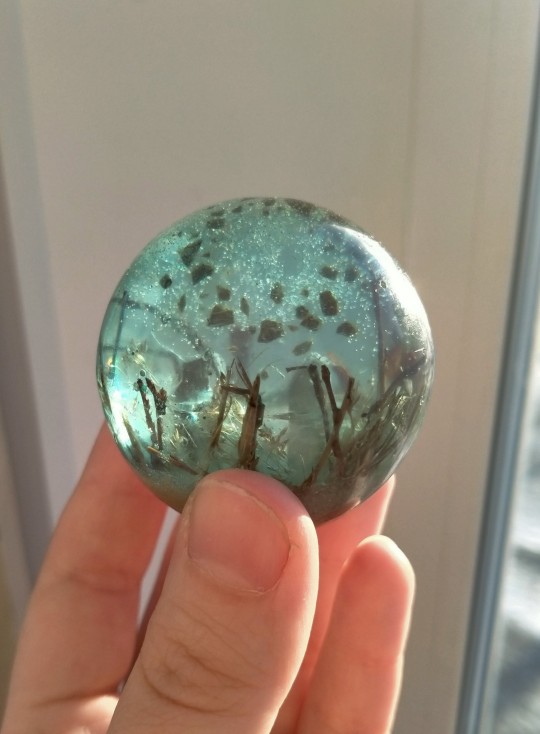
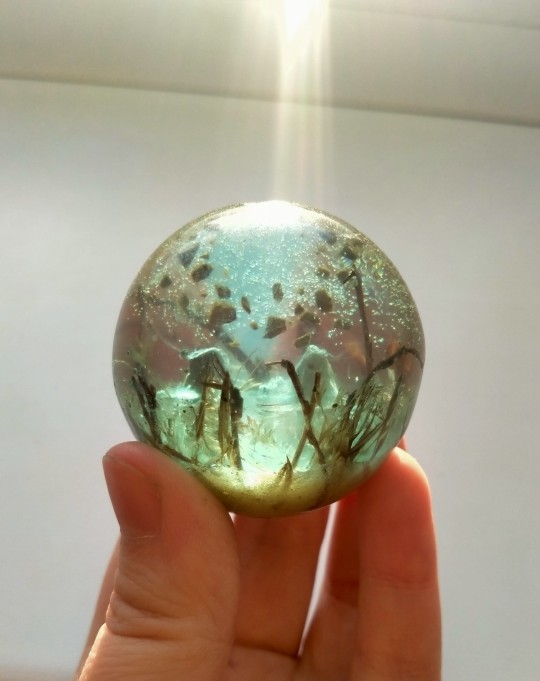
Experimenting with bigger decorative things, stone ark in a swamp
#miniature#epoxy resin art#resin#ark#portal#magic#fantasy art#dry grass#sculpture#standing stones#megalith#neolithic#fog#landscape#swamp#moorland#my art
128 notes
·
View notes
Text
Fun fact: If you go behind Moorland stables you can eat a delicious plate of risgrynsgröt for free! Yummy 😋👍
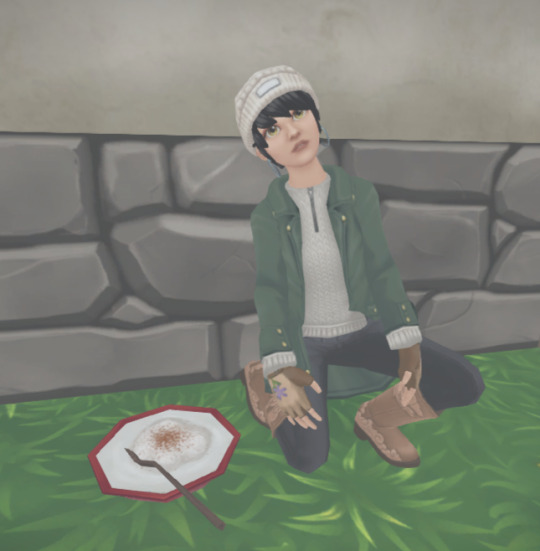
(I think so, I'm not from Sweden, correct me if it's not the risgrynsgröt)
#sso#ssoblr#star stable online#send help#small details#risgrynsgröt#yum yum unknown food#i bet it's poisoned#mabey Justin left it there and forgot about it XD#moorland
58 notes
·
View notes
Text

A skylark catching the sun between April showers
#skylark#bird#birds#bird photography#bird pics#nature pics#nature photography#nature#nature lovers#wildlife#moorland#yorkshire#outdoors#outdoor photography#photography is my therapy#photographers on tumblr#original work#original content#original photographers#all my own work
23 notes
·
View notes
Text
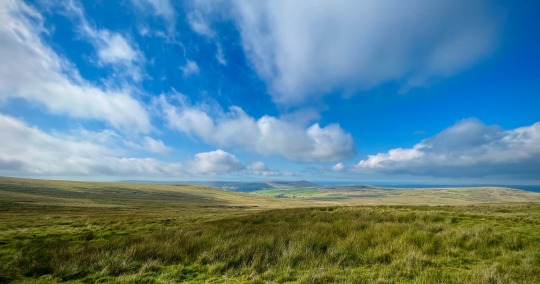
photographer - shy-girl04 : Pembrokeshire, 2023
I would like to step out of my heart
and go walking beneath the enormous sky
Rainer Maria Rike: "Lament" from The Book of Hours
35 notes
·
View notes
Text



A comic today for #repostober! this is a short comic about peat for an environmental-themed anthology that sadly never ended up happening.
ID/ comic script:
PAGE 1 (5 panels)
1. close on a mound of sphagnum
CAPTION: There it is again, that singing.
2. look up, see the expanse of the peat bog, the sky above, a mountainside.
CAPTION: Liquid, urgent, rising as it drops, a bright thread trembling, spun out of thin air.
3. close in on tiny bird flying and singing.
CAPTION: Ah, a there it is! A skylark.
4. back down to the sphagnum. Big panel, show a pool nearby maybe, asphodel and sundew and green stars of butterwort.
CAPTION: There is so much life here, tiny and bright.
5. series of small panels of newts, orchids, sundew plants, blue butterflies.
CAPTION: The air tastes sharp. All things struggle.
PAGE 2 (5 panels)
1. cross-section a sphagnum mound, if possible collage in real moss scanned in. fading down into thick dark peat.
CAPTION: The sphagnum lays down a history of everything that ever grew here. Pollen, tissue, documenting thousands of years. In a good year they might create half an inch of peat. Here, it is metres thick.
2. indistinct shape in the murk, humanoid.
CAPTION: Cold, acid and airless, tannin-cured, tea-stained. Sometimes, not just plants are offered to me.
3. blackness, maybe imprinted with leaf impressions – play around with ink and collage.
CAPTION: The smell of it is oak and smoke, whiskey, myrtle, bitter, icy and rich.
4. the blackness cut and segmented, stacked neatly, a person working on it with primitive tools.
CAPTION: They used to cut it, press the caramel-coloured water from it, and dry it to burn in their hearths, keep them warm through long winters.
5. see an empty, skeletal crofter’s cottage, a square scar on the hillside.
CAPTION: The scars they left in the moors are still there, centuries after they were driven from their homes. I watch bracken grow in their crofts. The glacial creep of lichen over hearthstones.
PAGE 3 (6 panels)
1. a modern garden centre, sacks of peat compost in rows.
CAPTION: They still cut it, though, faster than ever. Drain the land for farming or forest, more lucrative landscapes. Burn the peat or mix it into compost to grow prettier plants than my milkworts, sundews, orchids.
2. someone buying flowers at the supermarket, a bunch of tulips.
CAPTION: They used to stack it high to last through the winter. Something crueller and longer than any winter is coming, and every mile they drain or dig belches more carbon than can be replaced in centuries.
3. back to an asphodel flower, a bed of sphagnum.
CAPTION: It’s so difficult for them to see the consequences.
CAPTION (another voice): Yes, but they are realising.
4. open up, the whole red moorland hillside.
CAPTION: A third of the planet’s soil carbon held in peat. An archive they are just learning to read.
5. open up further, to the mountain.
CAPTION: They’re running out of time. I feel the change in my mosses, the seasons stretch and warp,.
6. the whole range of mountains.
CAPTION: One thing they have always been, these tiny, frantic creatures, is quick.
CAPTION: Quick to tear things apart,
CAPTION: But quick to learn as well.
CAPTION: I hope you’re right.
ENDNOTE CAPTION: You can help protect peat bogs by using peat-free compost in your garden, avoiding greenhouse-grown produce such as cut flowers unless they are peat-free, and choosing a renewable energy supplier!
53 notes
·
View notes
Text

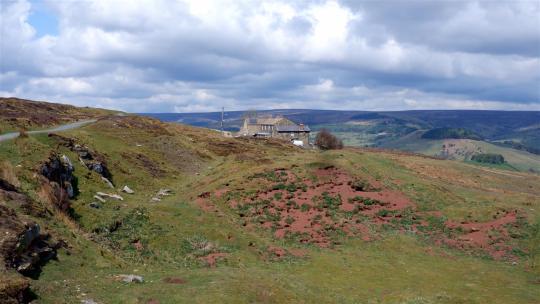
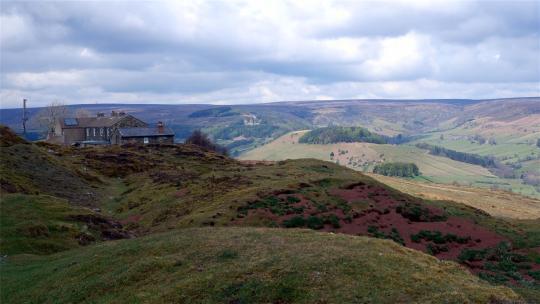
Bank Top, North Yorkshire Moors, England.
#Homes#Houses#Greencore#Countrycore#Countryside#Buildings#Structures#Ruins#Architecture#Abandoned#Scenery#Escape#Explore#Exploration#Aesthetic#Dirtcore#Crowcore#Places#Moorland#English Countryside
351 notes
·
View notes
Text



THE WONDER (2022), dir. Sebastián Lelio THE MOORLAND BREEZE (1859), writ. Edwin Waugh
#the wonder#the wonder 2022#the wonder netflix#florence pugh#kíla lord cassidy#tom burke#sebastian lelio#perioddrama#periodramaedit#periodedit#historical drama#historical drama edit#perioddramacentral#perioddramasource#perioddramagif#moorland#filmedit#edwin Waugh#moorland breeze#poetry#poetryedit#english literature#literatureedit
365 notes
·
View notes
Text
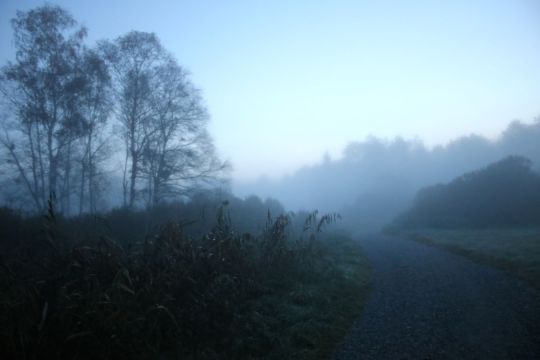

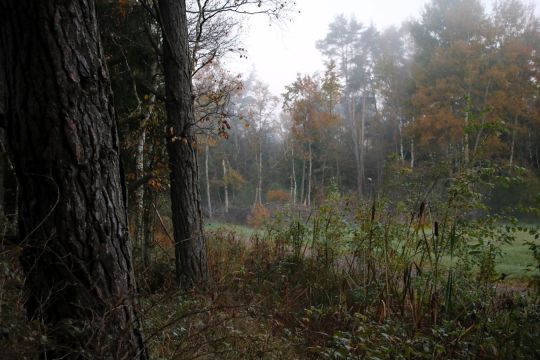
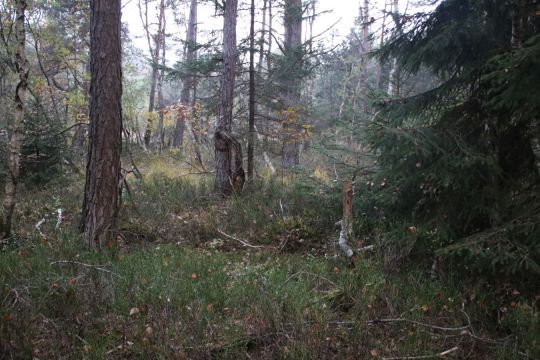
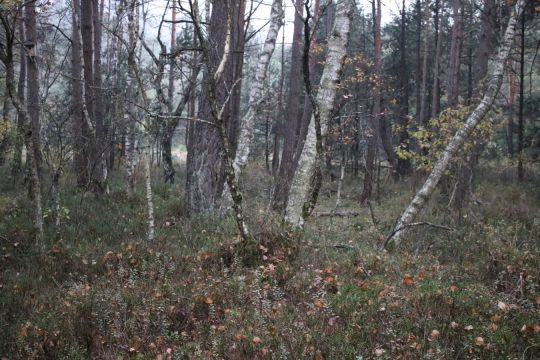




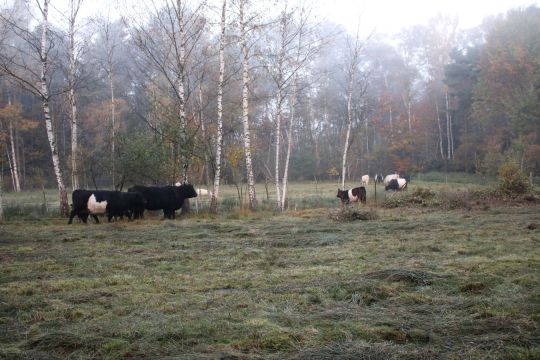
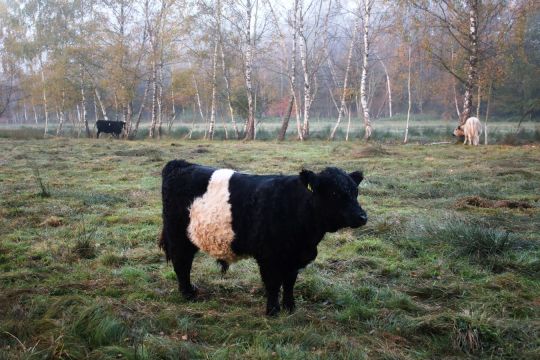

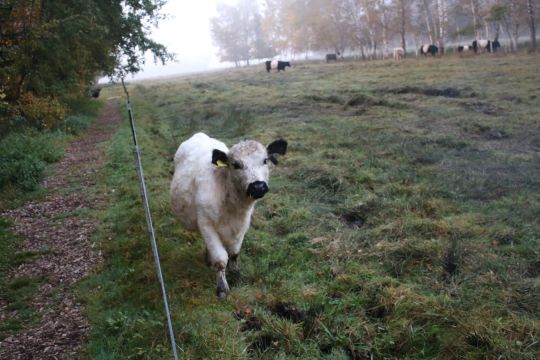

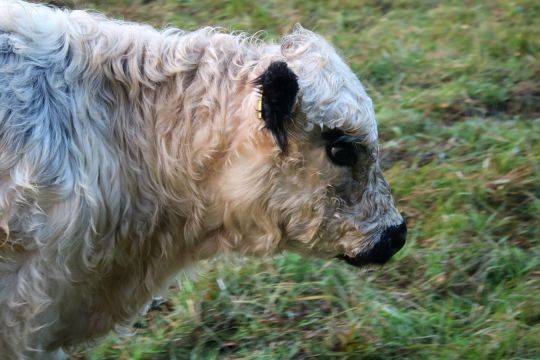
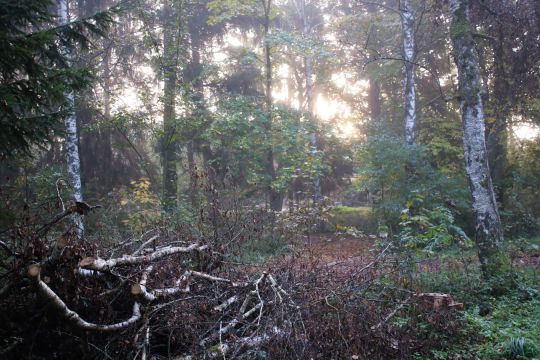

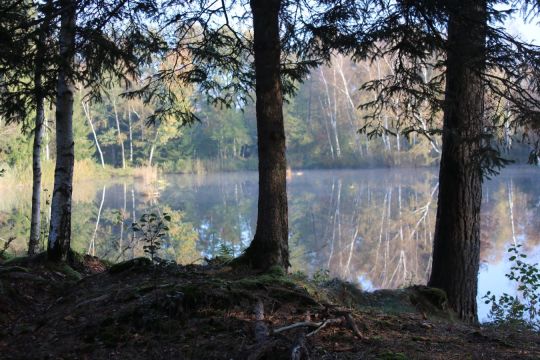

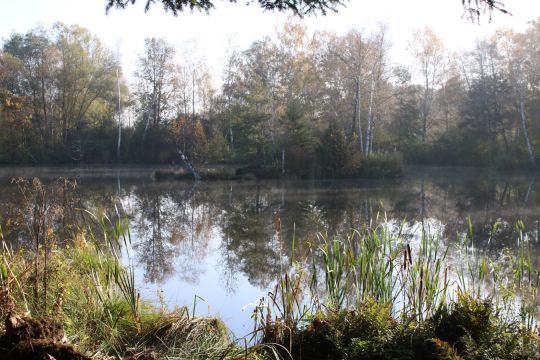

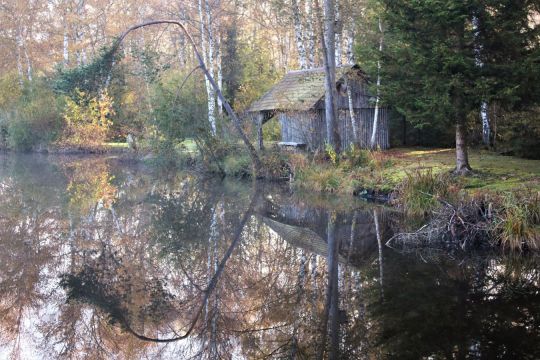
"Pfunger-Burgweiler Ried" renatured in 2015
These pics were taken 2017 October the 14th (today 6 Years ago)
That day i vent into this reed/moorland from the vilage Wilhelmsdorf into it.
How you see in the first pic I was at the first light there (the blue light was such early dominante). After about 15 mins hiking i reached the position of the second pic. Close to that position I took a small path on the right side into the Forest (as I remember - where on the left side the forest stops a little bit - to the right). Wasn't it a good choice?
#photographers on tumblr#landscape#moorland#autumn#lakes#pfrunger-burgweiler ried#baden wuerttemberg#Wilhelmsdorf#district Sigmarungen
105 notes
·
View notes
Text

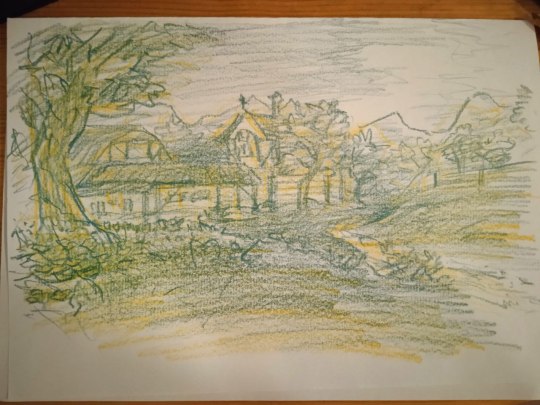

doodles from moorland
114 notes
·
View notes
Text
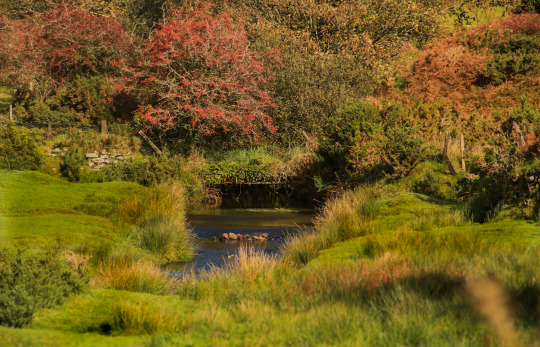



#photographers on tumblr#nature photography#cornwall#bodmin#tree lover#explore#stream#autumnal#moorland#landscape#green#walk
18 notes
·
View notes
Text

Higger Tor - Peak District - Derbyshire UK
March 2024
#my photos#peak district#landscapes#countryside#cocker spaniel#dog walks#heather#moorland#my dog maisy
10 notes
·
View notes
